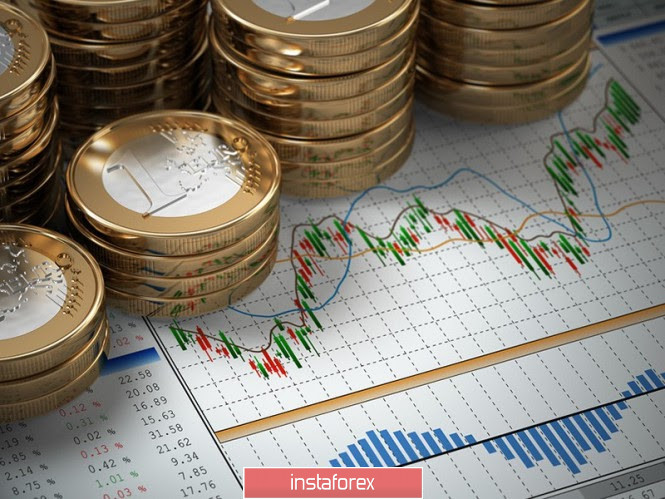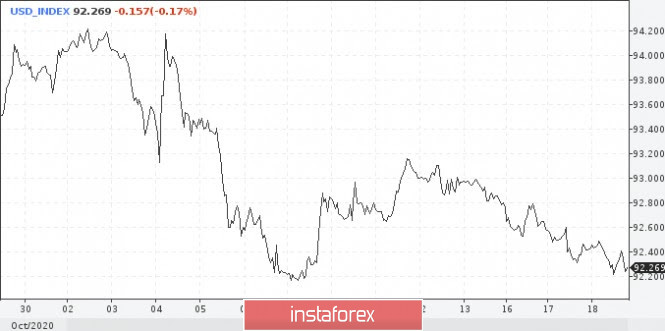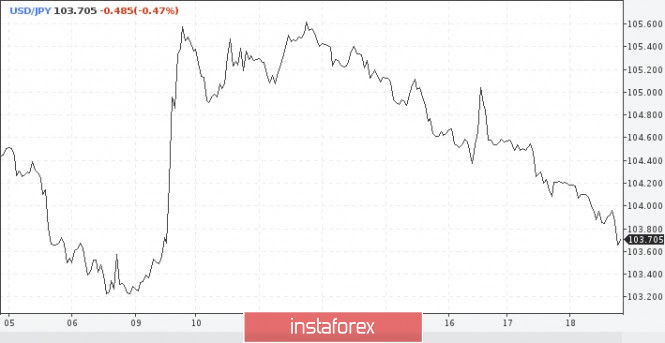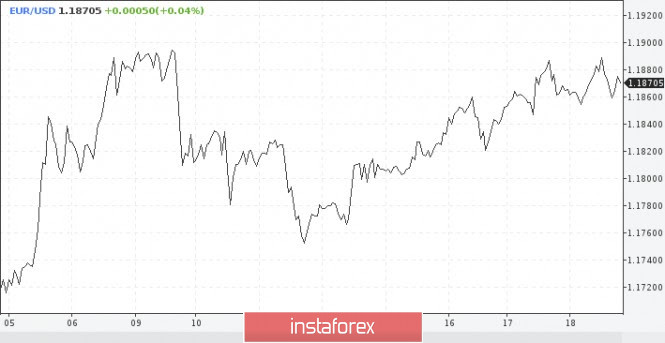
Investors have moderated their fervor and global markets are already less receptive to General optimism about the vaccine and are moving away from previously achieved peaks. However, this does not help the dollar, which continues to weaken against the basket of competitors.
In addition to negative macroeconomic data, the degree of tension was raised by the speech of Federal reserve officials. Jerome Powell once again made it clear that difficult times are ahead and the US economy has a long way to go to recover. In addition, the Fed leadership spoke again about the need for new support measures. Although there were no hints of plans to strengthen support measures, markets are waiting for a decision to be made at one of the next meetings of the Federal reserve. Statements by regulatory officials on this issue may become an important support factor for stock markets, as the prospects for the adoption of fiscal measures by lawmakers remain uncertain.
It is unlikely that the decline in the dollar can now be explained by risk appetite. This is most likely the desire of market players to reduce the share of dollars.
Societe Generale believes that the driver of the fall in the dollar is now the collapse of the real yield of US Treasury bonds. This indicator sank after the Fed this year lowered interest rates and introduced stimulus measures in response to the pandemic.
According to the experts, "The high rate of infection in the United States raises strong concerns about the prospects for economic growth in the country. Even news about vaccines cannot compensate for these worries. Therefore, the dollar remains under pressure even though the stock market has reached a maximum. "
The dollar index barely reacted to the key support of 92.5, going below this value on Wednesday. If you look at the technical component, you can say that the dollar is now on the edge of the abyss and there is no reason to change the trend. The US currency index is trading at a 2-year low.

The USD/JPY pair requires attention which is an important indicator of risk demand. Not so long ago, the rate dropped to 103.25, then went up on the expansion of the Bank of Japan's QE and the post-election rally. A week ago, the pair started a methodical decline and again fell below the 104 mark. Previously, this line was a key support level. It is interesting that the update of the highs of the US and Japan indices during the week took place at the time of the USD/JPY rate sagging.

Moreoften, a steady rise in the yen is observed during a period of weakening markets or in extreme cases, precedes it. Interestingly, the Euro is now echoing the yen approaching its highs near the 1.19 mark against the dollar. This dynamic suggests some thoughts: perhaps the Euro has changed its status from a risky asset to a protective one.
The Euro is expected to continue to recover but not so quickly. Optimism about vaccines is being held back by the spread of the coronavirus. In addition, the decline in the dollar will be restrained. This should keep the EUR/USD pair below 1.19.

However, given the local uptrend and the weakness of the sellers of the main Forex pair, a breakdown of the 1.19 mark is not excluded. This will be a clear bullish signal.
The excess of dollars in the financial system favors the EUR/USD pair. However, we should not hope too much for the Euro's growth, as the ECB has again expanded the volume of asset purchases. This is a negative signal for the single currency, which will deter investors from active purchases.
The material has been provided by InstaForex Company - www.instaforex.com